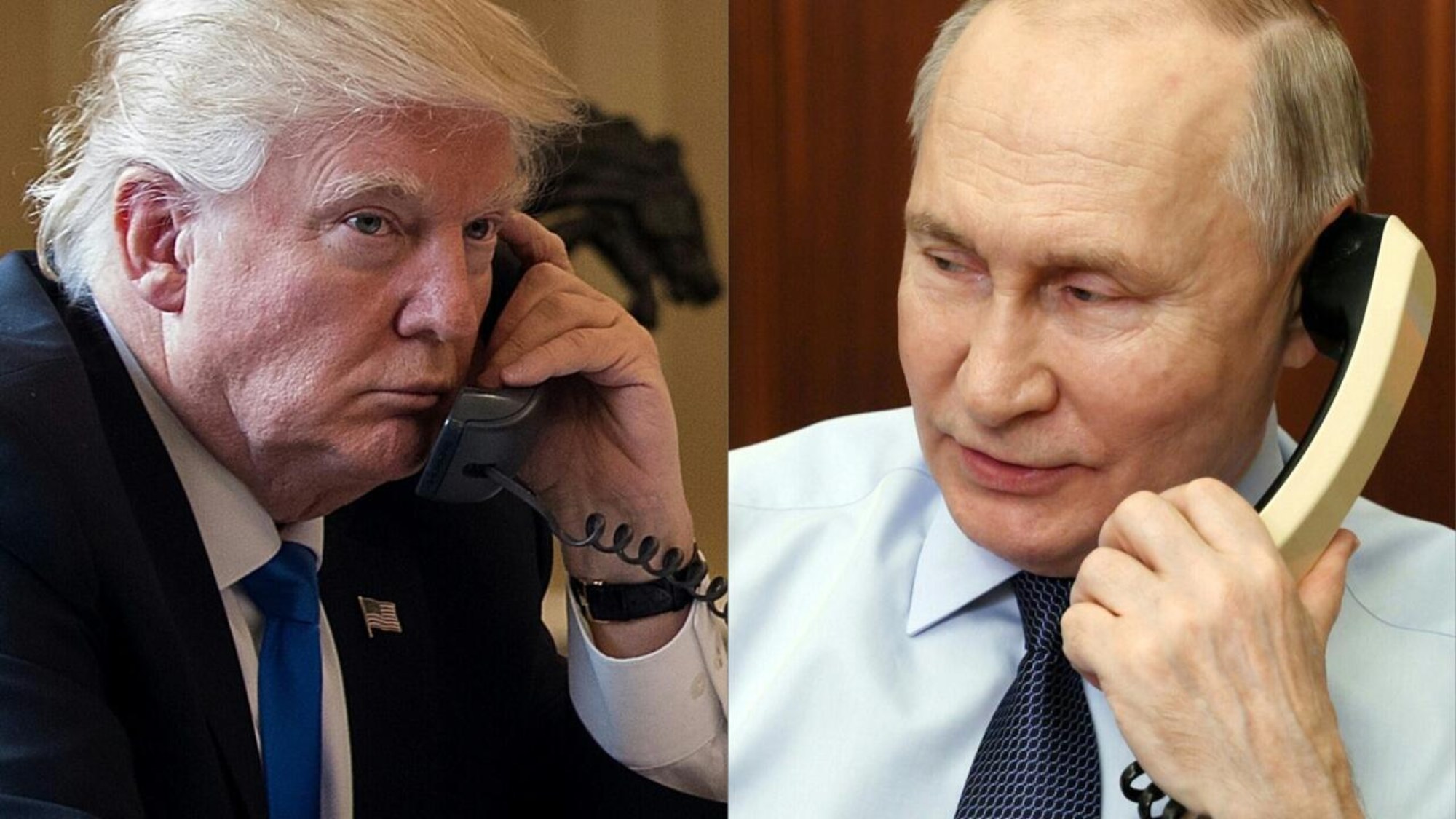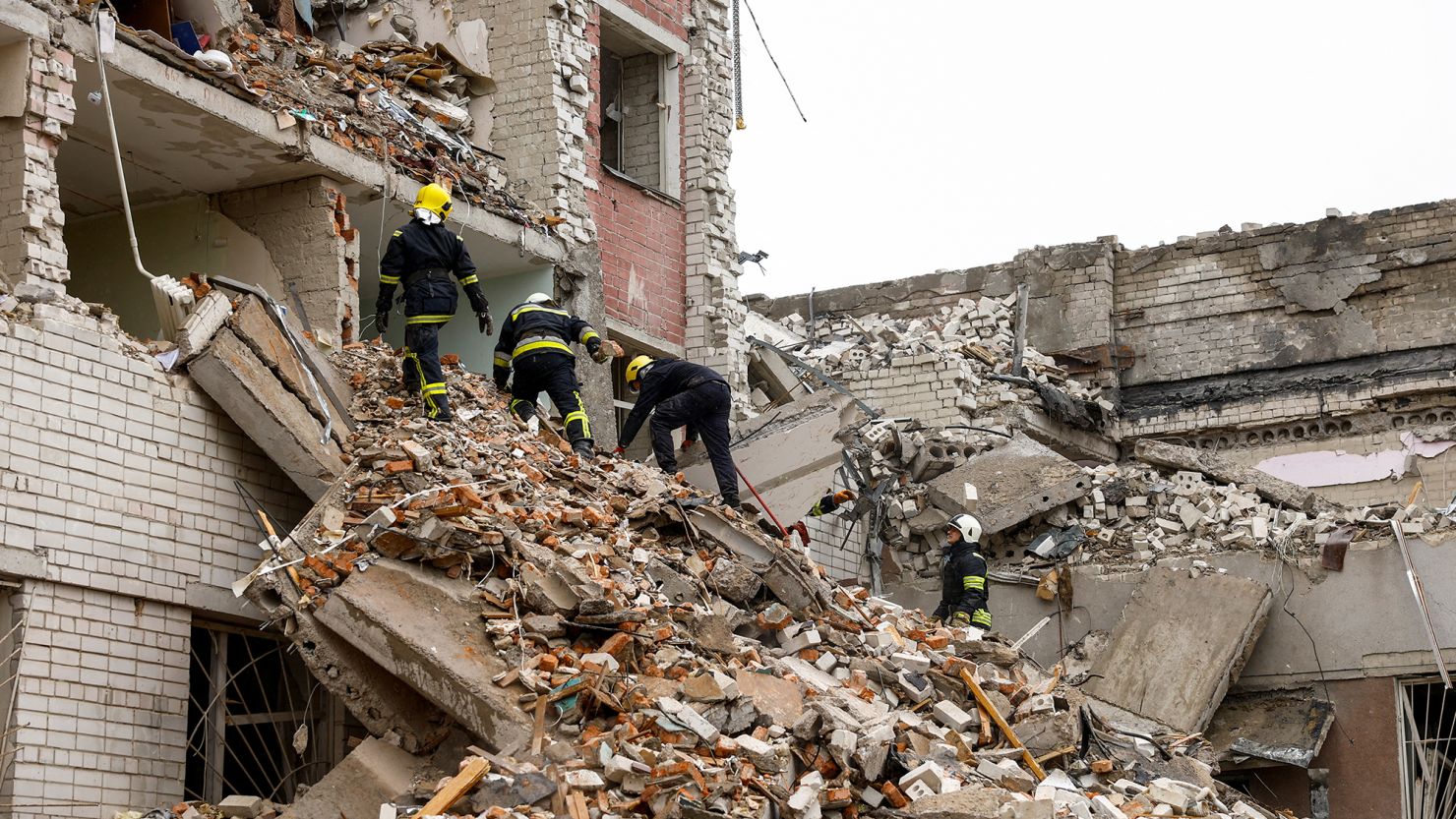Ukraine's Kursk Advance Establishes Buffer Zone Amid
Escalating Conflict
Ukraine's forces pushed deeper into Russia's Kursk region on
Wednesday, creating a strategic buffer zone to shield its border areas from
ongoing Russian attacks. The unexpected advance, which began last week, has
shifted the dynamics of the war, surprising Moscow and altering the momentum of
a conflict that has seen Russian forces steadily gain ground since their
full-scale invasion of Ukraine in 2022.
President Volodymyr Zelenskiy met with key officials to
address the humanitarian situation in the newly occupied territory, which
Ukraine claims spans over 1,000 square kilometers (390 square miles).
Discussions included the potential establishment of military administrations to
manage the area.
In a Telegram post, Zelenskiy confirmed Ukraine's progress
in the Kursk region, stating, "We continue to advance further, gaining one
to two kilometers in various areas since the start of the day." He also
noted the capture of more than 100 Russian prisoners of war during this period.
Interior Minister Ihor Klymenko emphasized that the creation
of the buffer zone is intended to protect Ukrainian border communities from
relentless Russian strikes, many of which have been launched from the Kursk
region. Ukraine has long expressed frustration over its limited ability to counter
these attacks due to Western constraints on using its supplied weapons against
Russian territory.
While Moscow downplayed Ukraine's territorial gains,
claiming they amount to less than half of what Kyiv asserts, the Russian
government is determined to regain control. President Vladimir Putin has vowed
to expel Ukrainian forces, accusing them of seeking a stronger negotiating
position in potential future ceasefire talks, backed by Western allies.
However, intense battles over the past week have yet to dislodge the Ukrainian
presence.
Pro-Russian military bloggers have acknowledged the
challenges faced by Russian forces. Yuri Podolyaka, a prominent figure, noted
that "the enemy still has the initiative" and is slowly expanding its
presence in the Kursk region.
In response, Russia reported the downing of 117 Ukrainian
drones overnight, primarily in the Kursk, Voronezh, Belgorod, and Nizhny
Novgorod regions. The Russian defense ministry also claimed to have repelled
multiple Ukrainian attacks within Kursk, including at Russkoye Porechnoye, 18
kilometers (11 miles) from the border.
Amid escalating tensions, Russia's National Guard has
increased security at the Kursk nuclear power plant, located just 35 kilometers
(22 miles) from the conflict zone. Additionally, the governor of the Belgorod
region, Vyacheslav Gladkov, declared a state of emergency as Russia continued
to evacuate civilians from the border area.
Ukraine, meanwhile, has announced plans to open humanitarian
corridors for civilian evacuations, both towards Russia and Ukraine. The
Ukrainian government is also coordinating with international humanitarian
organizations to provide aid in the affected regions.
This unprecedented incursion heightens the risks for all
parties involved, including the West, which remains cautious to avoid a confrontation
between Russia and NATO. U.S. President Joe Biden confirmed that American
officials are in constant communication with Kyiv, though the White House
maintains that Washington had no prior knowledge or involvement in the
operation.
The offensive may expose Ukrainian forces to vulnerabilities
on other fronts, where Russia continues to solidify its control over 18% of
Ukrainian territory. Despite the ongoing conflict, natural gas flows from
Russia to Europe through the Ukrainian town of Sudzha, now fully under
Ukrainian control, continued uninterrupted on Wednesday.
As the conflict intensified, the Russian rouble weakened,
losing over 8% of its value against the dollar since the start of Ukraine's
advance into Kursk.










.jpg)